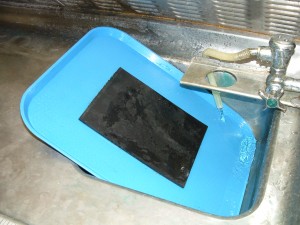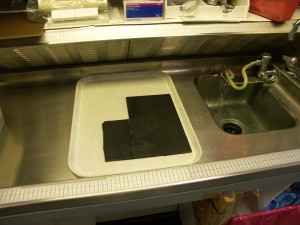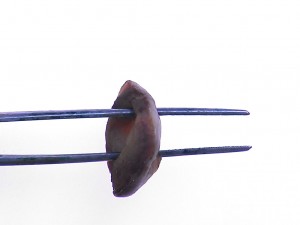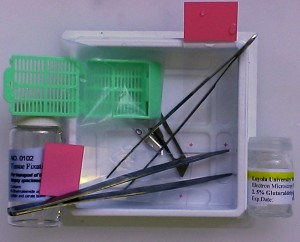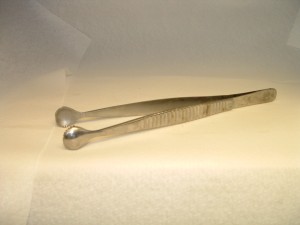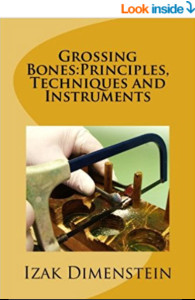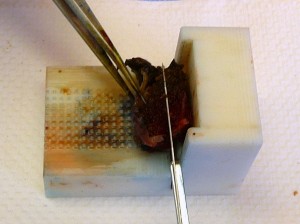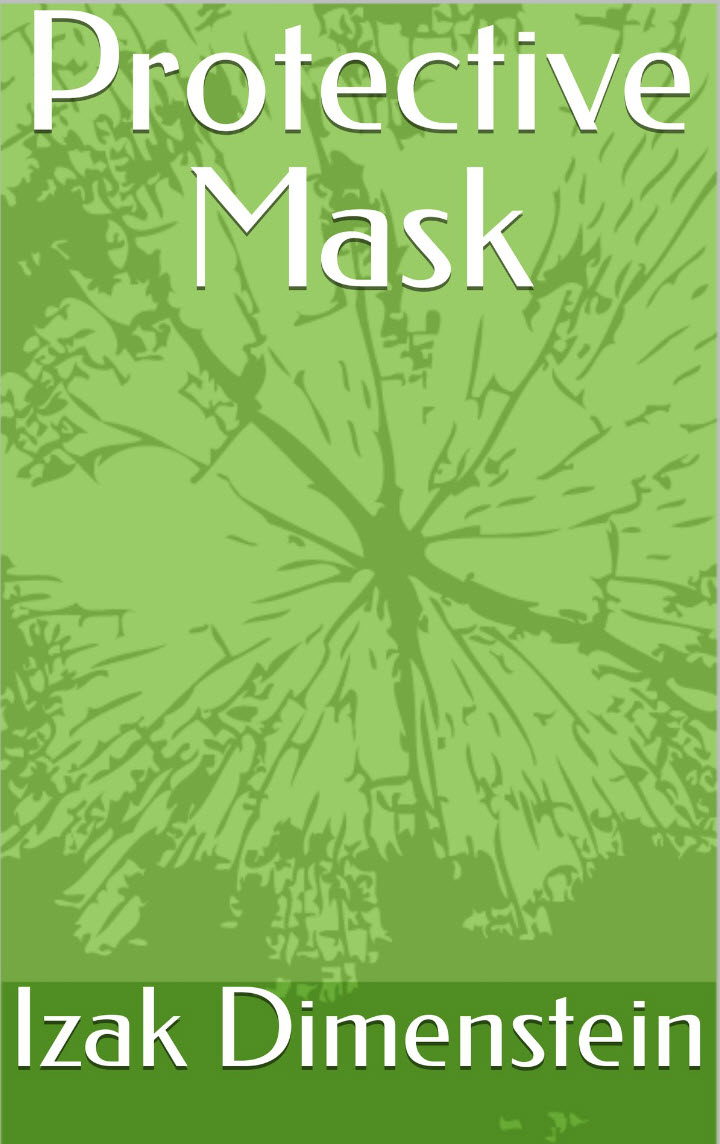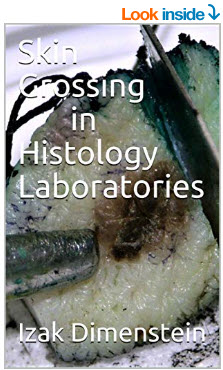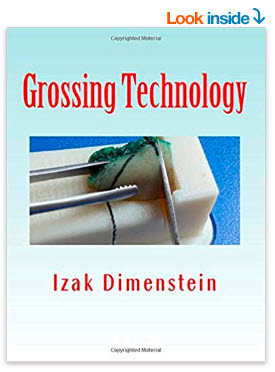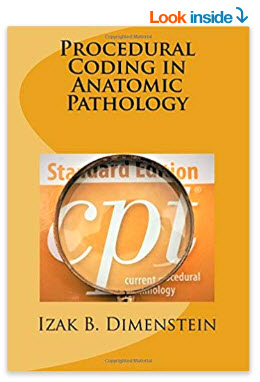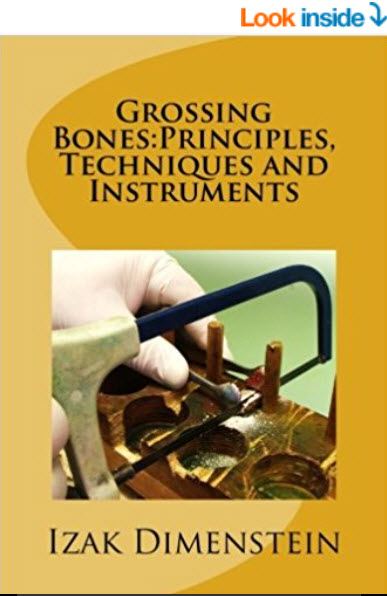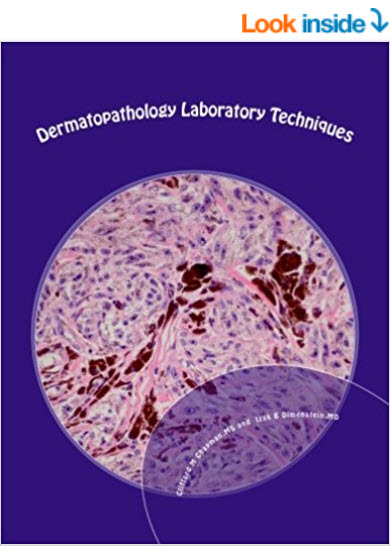Immobilization during sampling is underestimated in grossing (cut in) in the surgical pathology laboratory. There is no question that surgical pathology gross section requires a firm surface beneath the specimen. Though for different reasons, the firmness of the specimen determines the need for immobilization. In the vast majority of cases, it is not a problem for a skilled grossing person to make reasonably satisfactory sections. However, some specimens require certain skills supported by special techniques, devices, gadgets, and improvised at-hand materials.
Nobody is cutting in the air. It is impossible to cut on a pillow. The object of the cutting needs immobilization. Specimen sampling immobilization has three main aspects: cutting surface, holding instrument (including a hand), immobilization devise.
The importance of the cutting surface is often underestimated in grossing practice. The cork boards disappeared from practice for good. Filthy, with uneven surface, they are appropriate now for stretching a specimen in preparation for even fixation. However, they had a rational idea of additional immobilization of the specimen while cutting due to friction between the surface the outer layer of the specimen to be cut. In this regard, the modern grossing board with their smooth surface, more or less acceptable for large specimens due to their cleaning convenience, are not appropriate for biopsy and small specimen cutting because the surface should “grasp” for immobilization during cutting.
For a long time, I’m propagating the well know rubber surface of the cutting board. Rubber provides the necessary resistance to the cutting instrument, friction, and relative “softness” of the surface. A cafeteria tray can be an improvised example of such a board.
As an equivalent of the rubber surface, a Styrofoam material can be useful as a cutting surface. Because Styrofoam board re unpractical for many reason, the insert of a standard prefilled formalin container’s lid, can be an excellent “individual for every specimen cutting board.”
It seems that in the future manufacturer will provide the surgical pathology laboratory with gelled cut resistant surface grossing boards, like the handle of hair brush, but it will not occur tomorrow.
In the foreseeable future, nothing can substitute as a holding instrument a forceps. The industry offers a great variety of them that is justified due to different kinds of specimens and personal preferences. Among them, three types of forceps can be distinguished for practical purpose: 1. thin branch forceps; 2. Regular serrated forceps; 3. Russian holding forceps
Thin branch forceps are used for different purposes in sampling biopsies. They are indispensible in sampling specimens with two open areas as in a cervical cone biopsy
or during triage kidney biopsies as a part of a kit.
Russian holding forceps is indispensible for situation that require strong forth in specimen holding for immobilization, for instance in bone or other calcified specimen cutting of sewing.
Although a paddle forceps is useful for cutting fatty tissues or sometimes thin specimens, it is especially useful for fragile large nodulated polyps. The grip of a 15 cm length with a 2.1 cm x 2.1 cm pad makes the cut easier to keep together otherwise falling apart fragments.
Immobilization devices are critical for successful sampling, especially in a case of calcified specimens. This is the reason that most of devices, contrivances, and gadgets are designated for bone cutting.
Our book grossing Bones:Principles, Techniques, and Instruments (2017 Amazon.com) describes bone immobilization in detail.
A completely different technological approach presents the Biopsy Uniform Section device which implements the principle of “third hand” immobilization. The core of the design is its three features: a specific (2 mm, 3 mm, and 4 mm) horizontal sidebar for a chosen thickness of the section, a vertical sideboard, and a V- notched slot for the cutting blade. The sideboard provides immobilization for the end of tissue to be cut functioning as the “third hand.”


